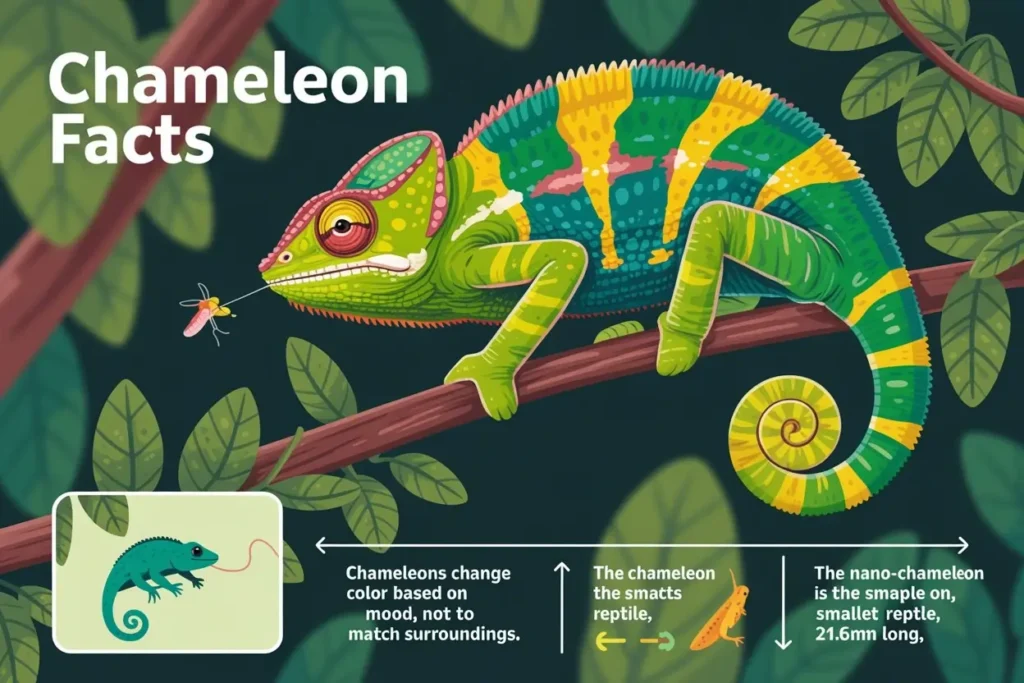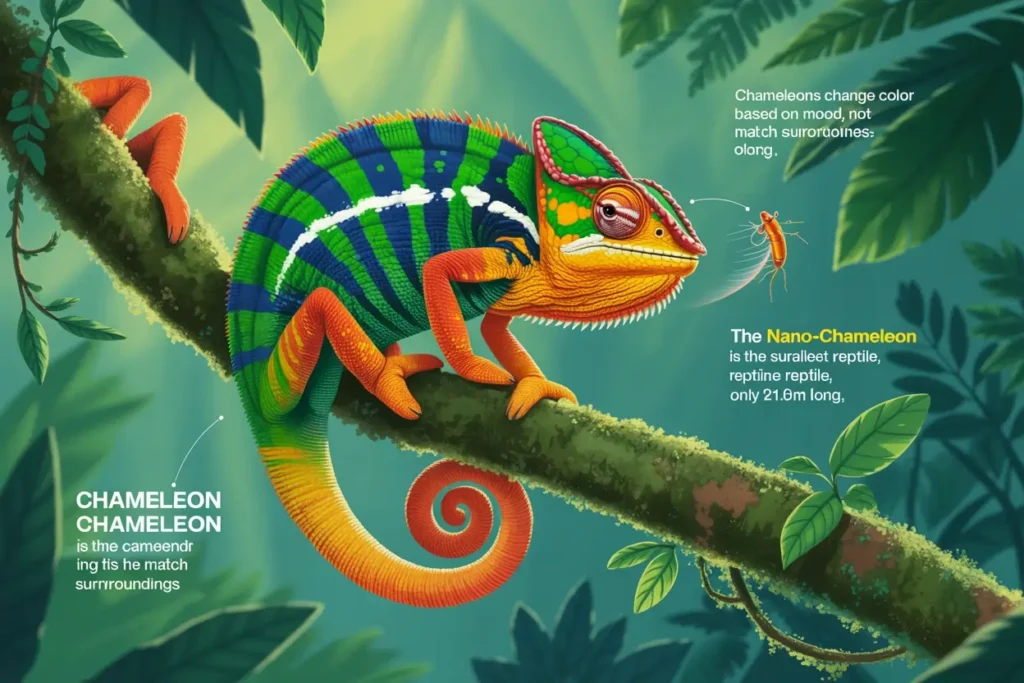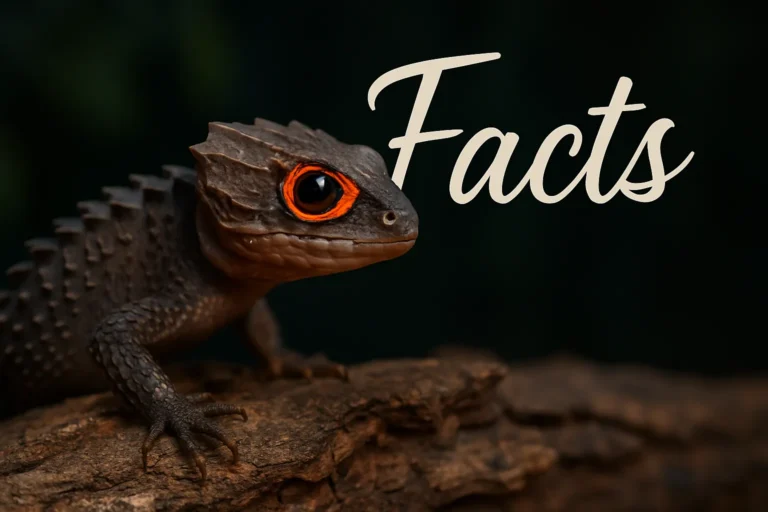Everything You Need to Know About Chameleons
What is a Chameleon?
Chameleons, part of the Chamaeleonidae family, are some of the most captivating reptiles on the planet. Famous for their color-changing abilities, independently moving eyes, and long, rapid tongues, these creatures are a marvel of evolutionary design. Native to Africa, Madagascar, and parts of Asia and Europe, chameleons stand out for their incredible survival adaptations.
Key Features of Chameleons:
- Zygodactylous Feet: Their toes are arranged into two opposing bundles, perfect for gripping tree branches.
- Acrodont Teeth: Teeth fused to the jawbones, ideal for their insect-based diet.
- Independent Eye Movement: Each eye can move in different directions simultaneously.
- Color-Changing Skin: Used for communication, camouflage, and temperature regulation.
- Projectile Tongue: Chameleons can extend their tongue up to twice their body length to capture prey.

Where Do Chameleons Live?
Chameleons are found across multiple regions, with more than 150 species, half of which are native to Madagascar. Some of the most notable species include:
- Chamaeleo: Found across Sub-Saharan Africa, Europe, and Asia.
- Brookesia: The smallest chameleon species, found only in Madagascar.
- Calumma & Furcifer: Mainly located in Madagascar.
The Color-Changing Mechanism
Chameleons are often mistakenly believed to change color to match their surroundings, but this isn’t entirely true. Instead, they adjust their color for various reasons such as:
- Mood: Changes in response to emotional states like aggression or fear.
- Temperature: Regulating body heat by altering color.
- Communication: Displaying vivid colors to attract mates or establish dominance.
Their skin has layers of pigment cells, including chromatophores (yellow/red pigments) and melanophores (dark pigments), and is influenced by nerve signals and environmental factors.

Anatomy and Unique Adaptations
- Tail & Toes: Their prehensile tail works like a fifth limb, and their specialized toes give them a strong grip on branches.
- Eyes: Chameleons have 360-degree vision, with eyes that can move independently, allowing them to spot predators or prey from all angles.
- Tongue: A highly specialized organ, it can shoot out to capture prey within fractions of a second.
Chameleon Reproduction
Chameleons can reproduce via egg-laying or live-bearing. Some species, like the Jackson’s Chameleon, give birth to live young, while others lay eggs that incubate for several months.
Fun Facts About Chameleons
- Veiled Chameleons: Known for their casque (helmet-like structure), they collect dew to hydrate.
- Brookesia Nana: The world’s smallest reptile, measuring just 21.6 mm long.
- Territorial Behavior: Males often engage in visual displays (such as flaring throats) or physical combat to establish dominance.
Misconceptions About Chameleons
- Myth: Chameleons change color to match their environment.
- Fact: They change color to communicate, regulate temperature, and express emotions.
Chameleons and Innovation
Scientists are studying chameleons for bioinspiration, and their color-changing abilities are being applied to technology like adaptive camouflage for clothing and wearables.
Summary Table: Key Facts About Chameleons
| Feature | Details |
|---|---|
| Habitat | Arboreal (trees and bushes) |
| Lifespan | 2–10 years, depending on species |
| Diet | Insects, some are omnivores |
| Unique Traits | Color change, prehensile tail, long tongue, rotating eyes |
| Distribution | Africa, Madagascar, Asia, Europe |

Conclusion
Chameleons are a true wonder of nature, designed for survival in some of the most competitive environments. Their fascinating color-changing abilities, telescopic eyes, and specialized tongue make them unique in the animal kingdom. With ongoing discoveries about their behavior and physiology, chameleons continue to inspire curiosity in both the scientific community and among nature enthusiasts.






